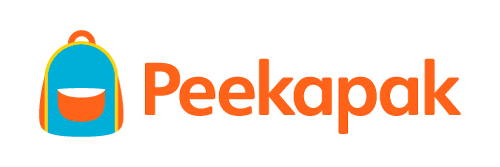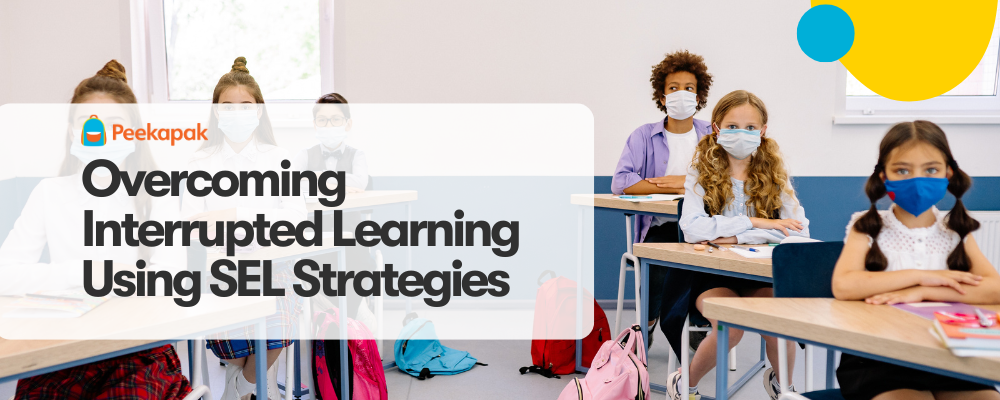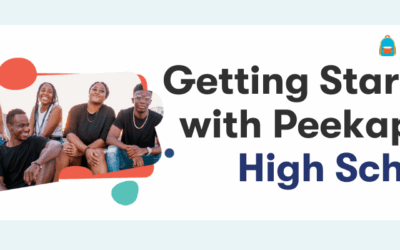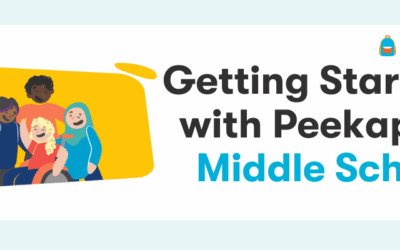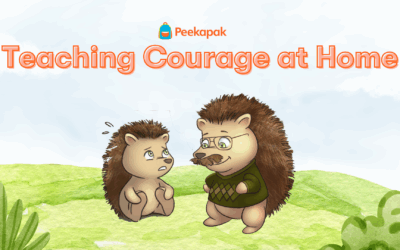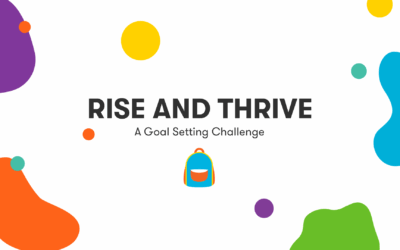Students all across the world had no other choice but to take a step back from their everyday routines of waking up, grabbing their lunch, running after the school bus, and enjoying a nice long day of learning. The new normal was jumping out of bed to attend an online classroom in the chaos of their own home – still in their PJ’s! However, with the pandemic hopefully coming to an end, students are returning back to the classrooms that they have been distant from for so long, with no clear transition. This in turn introduces several roadblocks for the students, teachers, and the education system as a whole.
Learning Gaps and their Effects
During a regular educational gap, such as a summer break, there is always a learning loss that students must overcome in the new school year. A study delving into the effects of voluntary summer learning programs on low-income urban youth found that academic progress takes a halt for all students, but even more so for lower income families. With a simple 2-month gap creating significant impacts on students, one can only question the effects this year long break will have.
The effects of this unprecedented gap are still yet to be determined. However, with great certainty we can predict a significant impact on students that is further influenced by their location, age, income, etc. Although students have not completely strayed from their education, the platform change to online learning is not one without any repercussions. With long term remote learning, experts say the mental, emotional and academic impacts of that shift are likely to be challenging. Students have been encouraged to distance themselves from their peers and minimize any physical socialization. With this increased isolation, their mental health, social skills, and anxiety levels have all been impacted.
How SEL can Help
With that being said, not all hope is lost. Now more than ever social emotional learning (SEL) programs such as Peekapak are equipped with the essential components needed to create a smooth transition for returning students. SEL can help diminish the effects the pandemic has had on learning and will help students develop the skills needed to combat any future uncertainties. The National Education Association discussed the importance of SEL and found that teachers are realizing its necessity more than ever. Educators have to take into consideration that students are currently experiencing trauma due to the prolonged effects of the pandemic. Dismissing any use of SEL resources will create a disconnect between the new nuanced needs of the students, and the help teachers can provide.
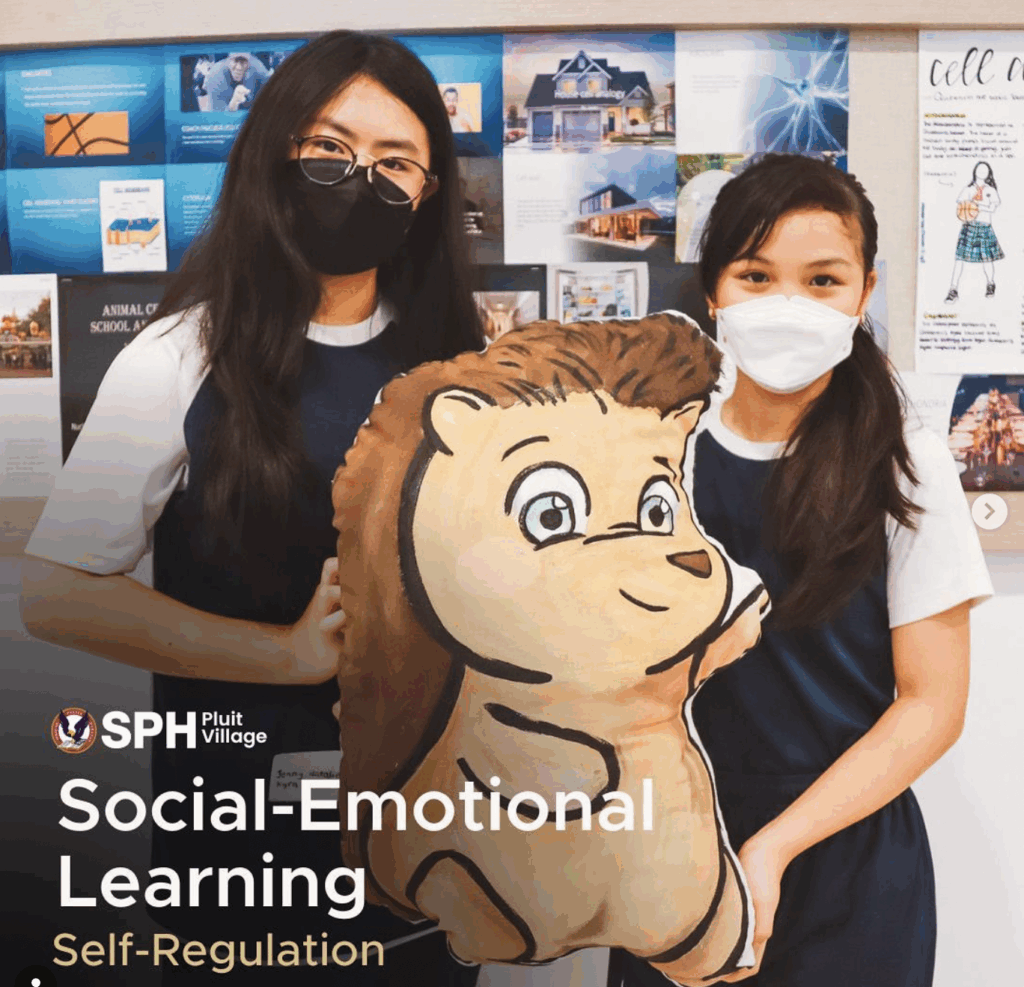
A UNESCO article discussing the key steps needed to reduce the learning loss, caused by COVID-19, found that a key action moving forward is to emphasize SEL by recognizing the mental health needs of both teachers and students. Classrooms should help foster healthy relationships between both parties for the best outcome. A study done by Mary Helen Immordino Yang found that students’ academic success is directly linked to their emotions. Emotions play a role in whether academic information is processed deeply and remembered, and whether or not it will influence their future. Further emphasizing the importance of SEL when discussing methods to reduce learning loss.
With this strategy in mind, students will be welcomed back into a more fitting and welcoming environment based on the past events of the year. The first step is recognizing that things are not the same as they once were, and neither are the students. However, by catering to their new needs through the use of SEL, there is hope that students can reintegrate back to the normalities they know and love.
